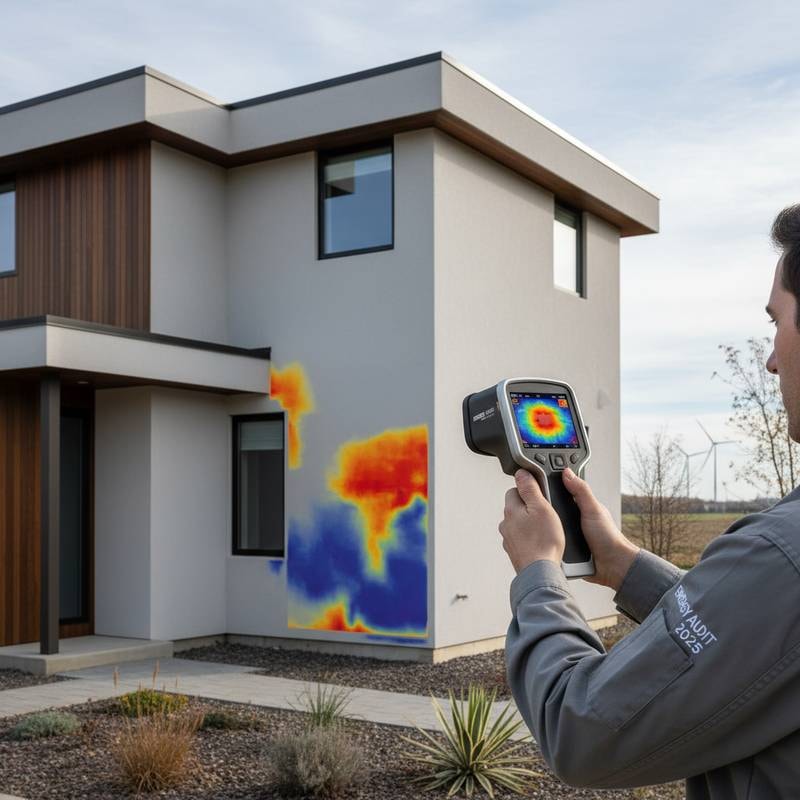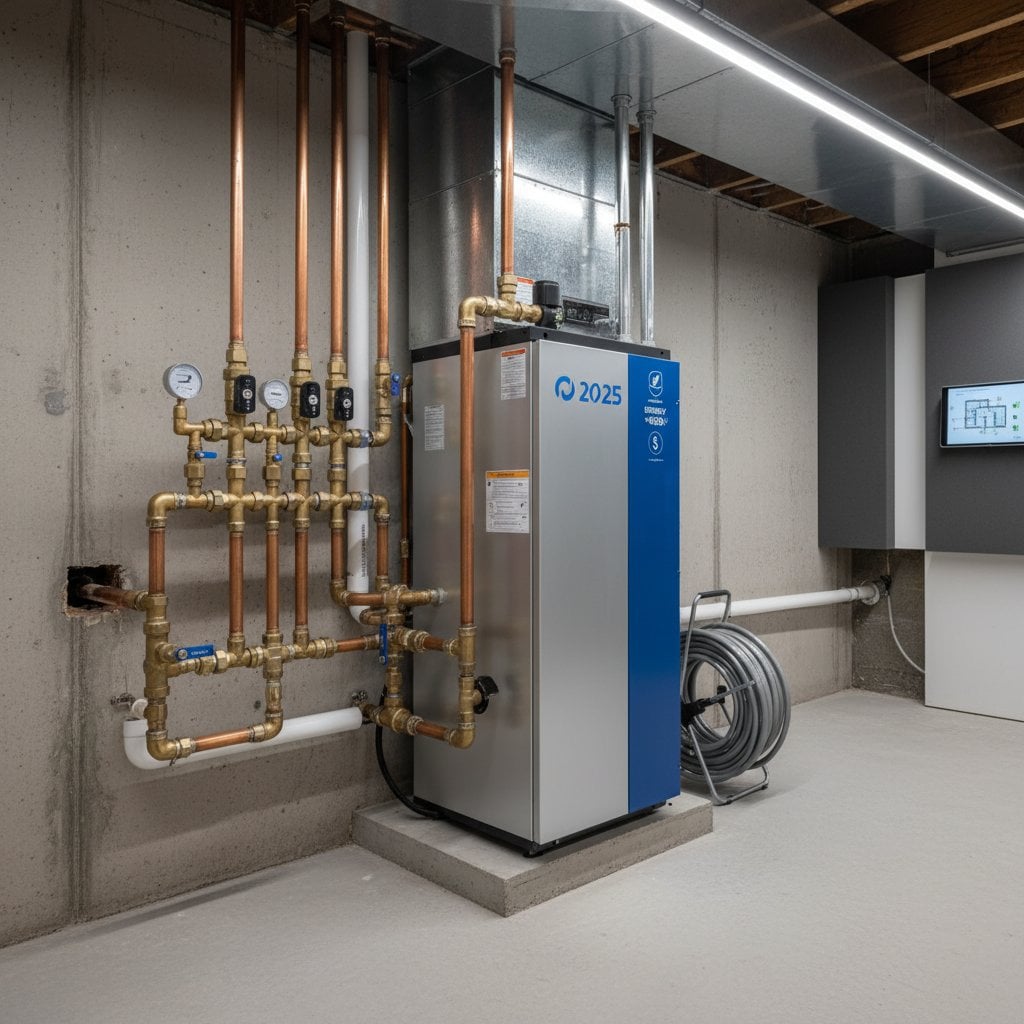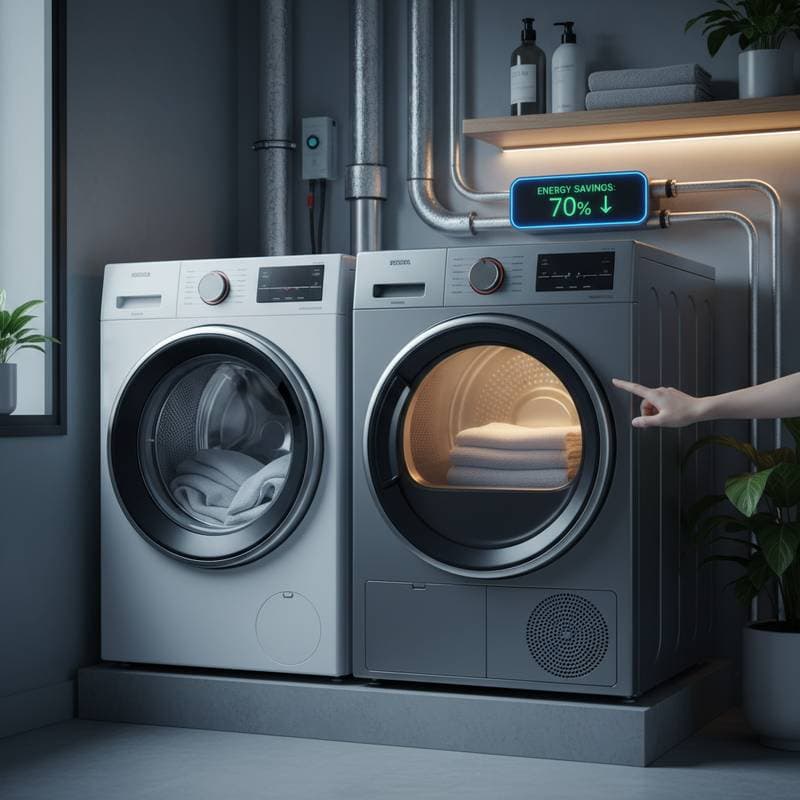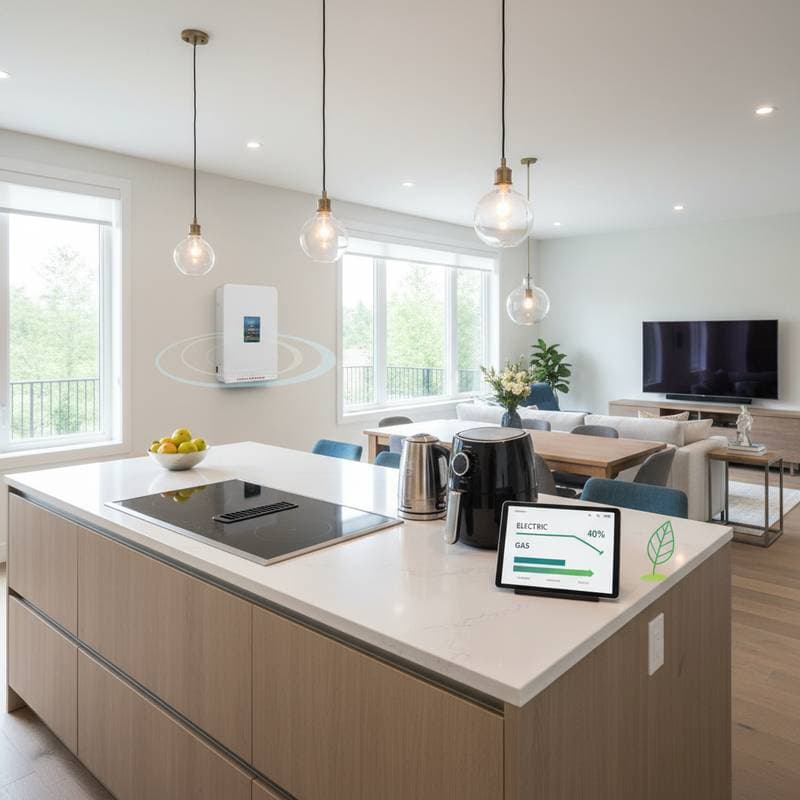Thermal Scans Uncover Hidden Energy Losses in Homes
Homes often lose energy through unseen pathways, leading to higher bills and reduced comfort. Drafts infiltrate despite active heating systems, and unexpected spikes in utility costs signal underlying issues. Thermal imaging scans provide a precise method to detect these problems, visualizing temperature variations that indicate air leaks, insulation failures, and other inefficiencies.
Essential Insights on Thermal Imaging
- Thermal imaging identifies up to 25 percent of concealed energy losses in standard residential structures.
- Infrared technology highlights temperature disparities, locating air infiltration, insulation voids, and moisture accumulation.
- Homeowners typically recoup the expense of a professional scan within one year via savings on heating and cooling.
- These audits facilitate environmentally sound modifications and eligibility for efficiency rebates.
- Advances in consumer-grade thermal cameras offer basic detection, though expert evaluations deliver thorough assessments.
Common Locations for Energy Infiltration
Energy escapes from unexpected areas, evading routine inspections. Thermal scans illuminate these vulnerabilities with clarity. Frequent sites of loss encompass:
- Attics and Roof Assemblies – Absent or settled insulation permits heated air to ascend and dissipate rapidly.
- Windows and Door Assemblies – Deteriorated seals or warped frames permit drafts, elevating energy demands.
- Exterior Wall Structures – Concealed spaces around wiring, pipes, and framing frequently lack sufficient insulation.
- Basement and Foundation Areas – Uninsulated concrete surfaces conduct heat outward, resulting in chilled upper-level floors.
- HVAC Distribution Systems – Duct imperfections can squander as much as 20 percent of treated air before it reaches living spaces.
Comparisons between infrared captures and standard photographs frequently astonish residents. A wall appearing intact under normal light might display cold streaks tracing structural members, indicating insulation shortcomings that produce inconsistent indoor temperatures.
Investment Costs and Financial Returns
Professional thermal audits range from $250 to $600, varying by property dimensions and local rates. This initial outlay proves worthwhile through prompt financial gains.
Data from the Building Performance Institute indicates that remedying identified leaks and enhancing insulation yields 10 to 30 percent reductions in heating and cooling expenditures. For annual energy costs of $2,000, such interventions generate $200 to $600 in yearly savings.
Additional discoveries from scans, including water penetration, electrical irregularities, and access points for pests, allow preventive actions. Early interventions avert extensive repairs that might otherwise exceed thousands of dollars.
Advantages for Environment and Living Quality
Minimizing energy dissipation extends benefits beyond monetary savings. Each conserved energy unit diminishes greenhouse gas outputs and lessens individual carbon contributions. Numerous utilities provide financial incentives or reimbursements for audits linked to improvement projects.
Indoor environments gain from these enhancements as well. Eliminating infiltration and equalizing insulation ensures steady temperatures across spaces. Eliminated chill zones adjacent to glazing reduce strain on climate control systems, which operate less often and endure longer. This fosters a serene, balanced atmosphere that promotes well-being.
The American Council for an Energy-Efficient Economy reports that insulation optimizations and sealing informed by thermal analysis can decrease overall household energy consumption by up to 20 percent. These efficiencies advance ecological objectives alongside enhanced daily experiences.
Steps to Implement a Thermal Scan
Suspected energy waste warrants arranging a thermal evaluation as an initial efficiency measure. Reach out to certified auditors or utility services in your area. Inquire about inclusion of thermal imaging in their protocols and available rebate options.
Preparation enhances scan accuracy:
- Secure all windows and doors prior to the visit.
- Remove items blocking baseboards and registers.
- Document areas experiencing drafts or temperature inconsistencies.
- Gather recent utility statements for baseline analysis.
Upon review of the findings, address issues by prioritizing high-impact, low-cost fixes. Applications of sealant to window perimeters or supplemental attic fill often deliver swift returns.
Thermal imaging converts obscure weaknesses into precise guidance. Pursue this approach to achieve reduced expenses, ecological contributions, or superior comfort; the resulting knowledge endures.










